Interview: Federico Cerelli on Cavaliere d’Oro Wines
We speak about how to lead a heritage brand in a contemporary climate

The picturesque wine region of Tuscany is home to Castello di Gabbiano, a 500-year-old medieval castle surrounded by rolling hills dotted with vineyards and olive trees. Since 1480, Sangiovese grapevines have thrived on the estate and are the soul of the Gabbiano label’s enduring reputation as a top producer of Chianti (blessed in part by its location in the heart of the Chianti Classico wine appellation). According to folklore, a gold knight named Cavaliere d’Oro protected the Gabbiano land during turbulent times.
This rich history inspired Treasury Wine Estates new Italian wine portfolio: Cavaliere d’Oro. The ambitious collection, an ode to the watchful knight, spans four regions and 13 wines—with the idyllic castle providing a fitting place to introduce the new brand with a celebratory dinner and opera performance. Cavaliere d’Oro made its stateside debut this year and intends to be more accessible to younger wine drinkers. We had the opportunity to speak with Tuscan native and principal winemaker, Federico Cerelli about his passion for the new brand, accessibility in wine, harvest rituals and how climate change will alter winemaking practices in the future.
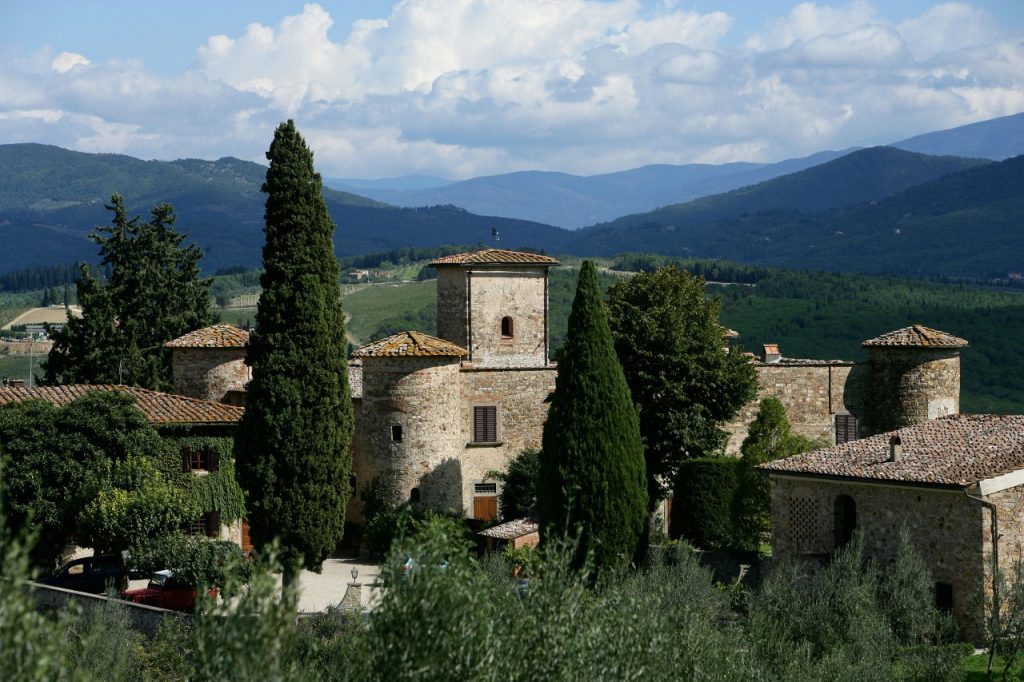
What excites you about the Cavaliere d’Oro brand, and what makes the wine special?
It’s the most exciting time of the year for me. The harvest and the launch of the Cavaliere d’Oro brand. It is exciting because, for the first time, we made a brand that covers all the Italian product. It’s something so innovative for an Italian wine business. I’m proud to be part of it.
Everywhere you go in Italy you will find a different kind of food, philosophy and grape
Wine—for my culture and where I’m born—is great to pair with food. I like this challenging project because we have the possibility through wine to discover culture, discover philosophy, and discover a different part of Italy. Everywhere you go in Italy you will find a different kind of food, philosophy and grape. This is what makes it special.
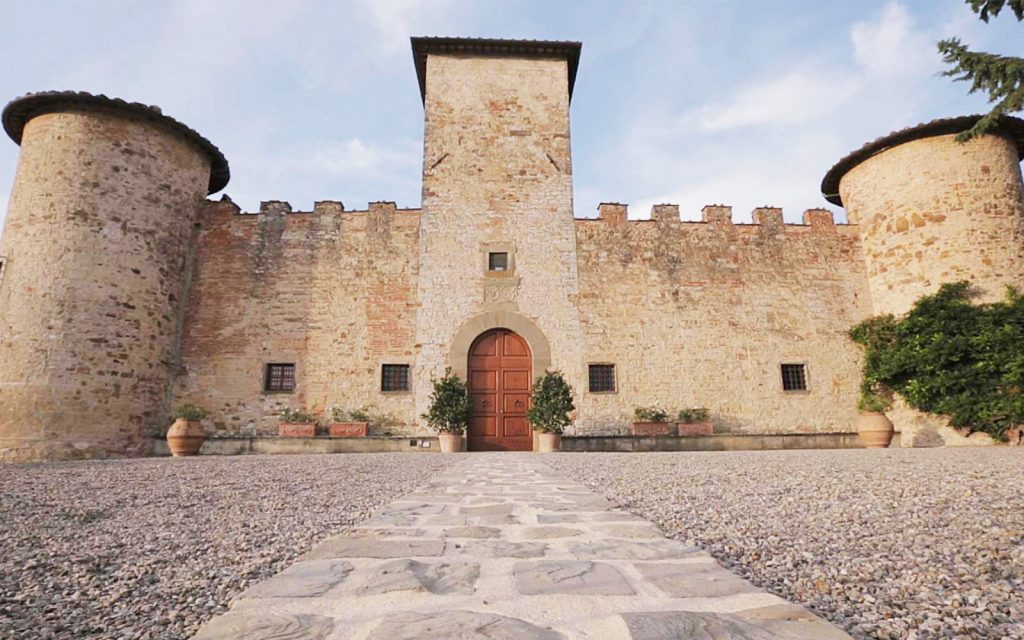
Why is it important for you to make accessible wine?
For my winemaking philosophy, wine must be drank by as many people as possible. I don’t like to say that I make cult wine just for professional people or specialists or wine lovers. It is a great pleasure for me to see young people do a toast with the wine that I make. Sometimes the winemaker is a little bit closed about that… There are some winemakers that make just luxury wine, there are some winemakers who make just commercial wine. I think to attempt all categories of wine is something nobody is able to do, and I want to see the consumer grow into the wine as their taste develops.
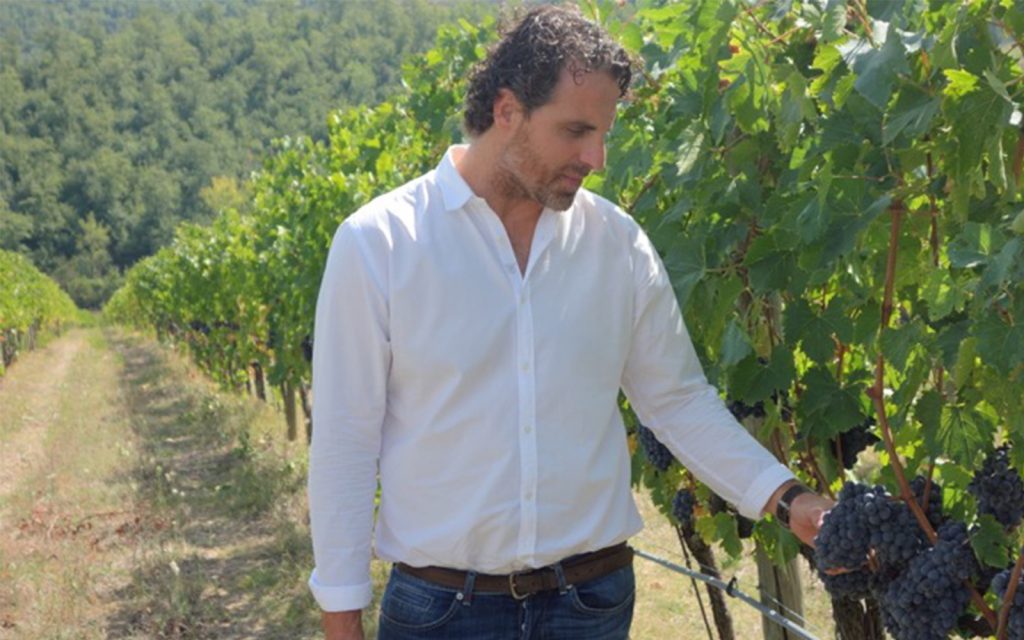
What are some of the harvest traditions you have?
Harvest time, I’m definitely busy, busy. I have no time to spend with my family for lunch, and during harvest time I reach home after dinner time. So we do a big breakfast and my wife and daughter enjoy me there. I wake up early in the morning, there’s lots of things on my mind and it’s very hard to sleep too much. But during the two months of harvest time, we spend more time together as a family at breakfast than dinner. How the harvest can change your style of life! The best time of the year for me is before Christmastime, when the grapes are in the cellar in the winter during fermentation time. At this time I can really relax.
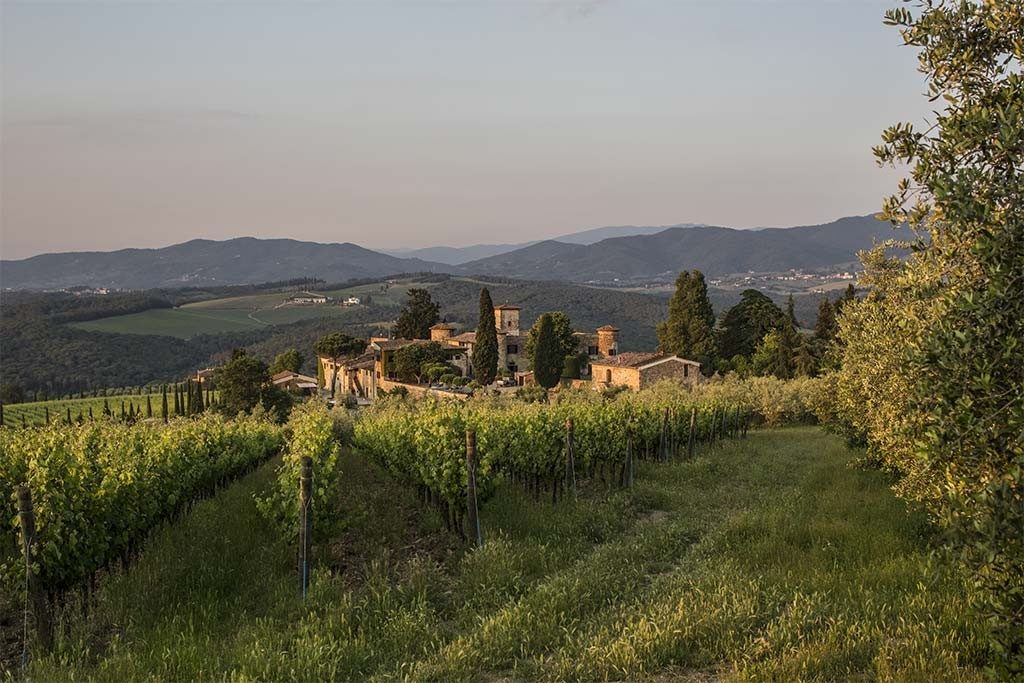
How are longtime winemakers adjusting their winemaking practices in response to climate change?
That’s a big question. We already had some harvests in 2011 and 2012 that were hot and dry. In Tuscany, we typically don’t have that problem. Where we are now in Chianti Classico appellation, it is not permitted to irrigate. In the future, we have to review if irrigation can be a practice to use if we need it, not every year.
Another thing we are seriously thinking about it… We did a grape clone selection in the past between a big bunch of grapes to produce a lot of wine. In the past 50 or 60 years, we made wine for quantity. With the new generation and new philosophy, food changed and people are eating less and less heavy, less fat, more vegetables, and more healthy food. The wine is changing. That means we change the clone of the grape varietal. A smaller cluster with smaller berry, with more skin and less juice. Now with climate change, we have to think of new clones that are resistant to dryness and exposure to the sun. The hope is the new clones are more adapted for dry and hot harvest.

What is your favorite wine in the Cavaliere d’Oro portfolio?
It’s hard to say. Give me two. From Tuscany for sure, Bellezza. It’s 100% Sangiovese, the grape varietal most popular in Tuscany. I think I have some Sangiovese in my blood too because I grew up with it on the table. Chianti Classico Bellezza for me is the best, it’s like my baby for Tuscan wines.
Outside, Terre Siciliane. I’m very proud to make a Sicilian wine like that. It’s a very innovative way to propose wine from Sicily. When I tasted that wine, it was exactly what I had in mind when we started this project. Sometimes it’s not easy. It’s like an artist making a painting, he has a vision of the painting, and he’s happy because it’s exactly what he had envisioned. That for me, Siciliane was like that. There was a vision and now my vision is in the glass.
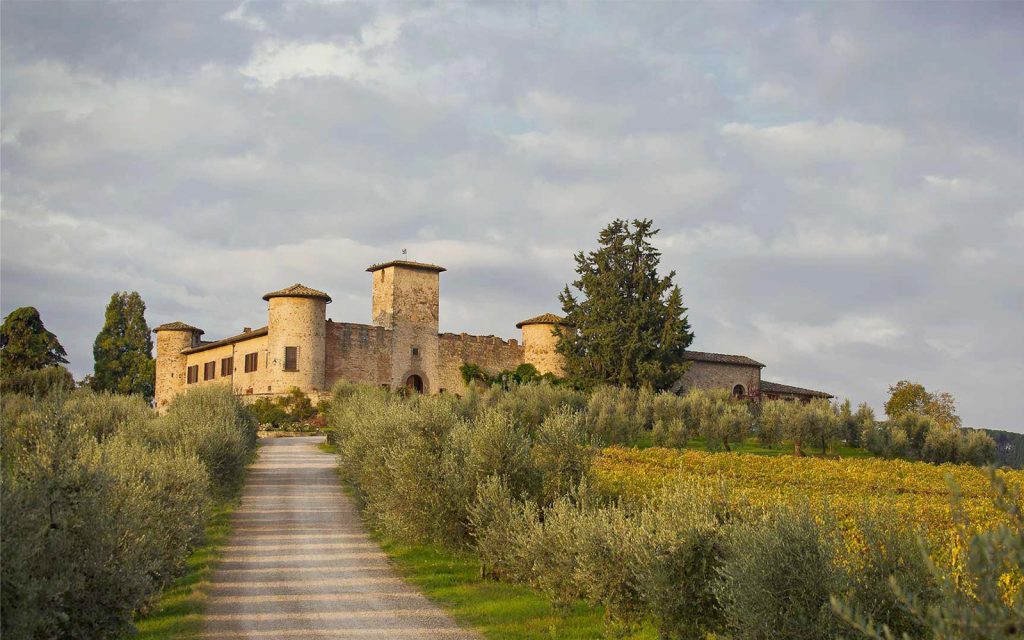
Do good grapes make good wine or do good winemakers?
For luxury wines, the winemaker must be involved as much as possible in the vineyard management to make the wine. It’s impossible to make a high level of wine if you have a medium level of grape quality. You need to achieve the best quality in the vineyard to transform it into an excellent wine.
Images courtesy of Treasury Wine Estates












